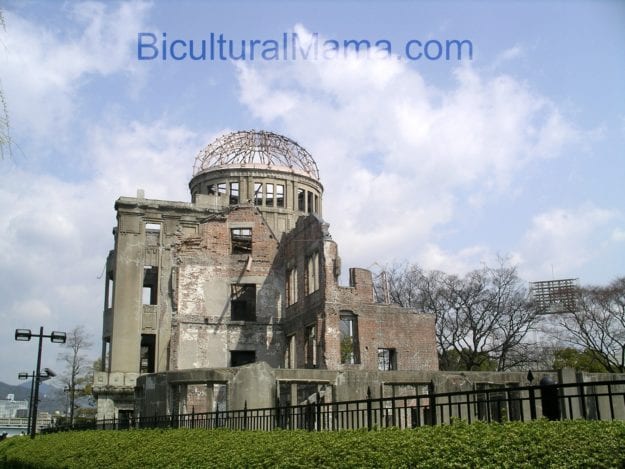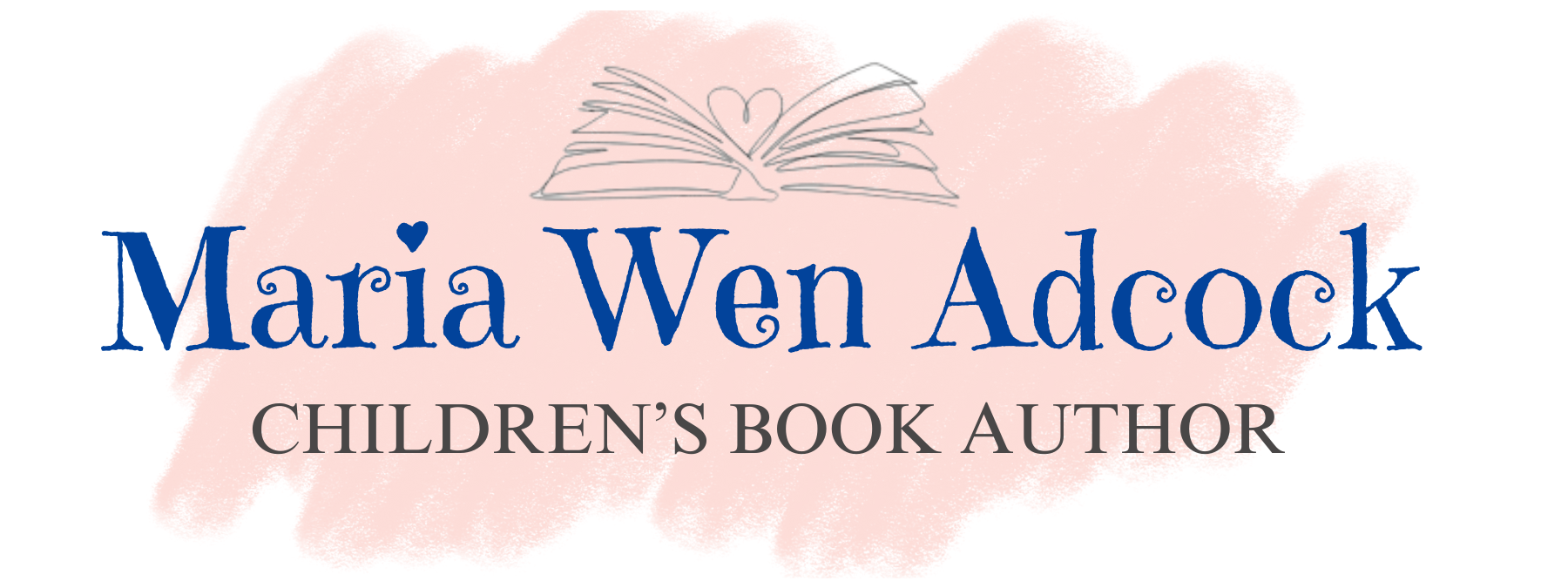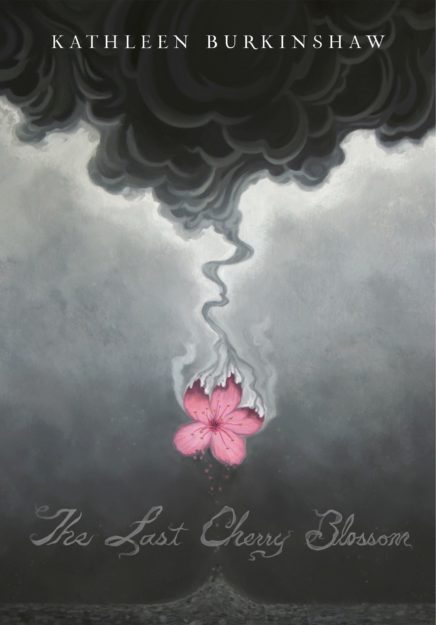The Last Cherry Blossom Depicts Hiroshima Atomic Bomb through a Child’s Eyes
Disclosure: I received a book copy to assess. All opinions are my own.
In high school, I learned about the atomic bomb in history class. The simple narrative was that during World War II the Japanese were the enemy. As such, the United States dropped a fiery new bomb on Hiroshima and Nagasaki which ended the war. There was little information about the aftermath of the atomic bomb, and certainly no mention of the communities affected.

This page in the history book came to life when I visited Hiroshima years later. As I stood in front of the shell of what was once the Genbaku Dome — the only building left standing near the hypocenter of the bomb’s blast – I realized my history book was grossly inadequate.
I toured the Hiroshima Peace Memorial Museum which filled the gaps. The site documented the atrocities that took place on August 6, 1945. The solemn museum displayed personal artifacts that survived the blast – a watched frozen at 8:15 am, the time of the bomb’s impact; glass bottles melted from the heat of the 5500-to-7700-degree Fahrenheit blast; a shredded school uniform; a charred tricycle. The museum captured the horrors endured by Hiroshima citizens.
Most recently I came upon The Last Cherry Blossom, the debut middle grade novel by Kathleen Burkinshaw. The book features 12-year-old Yuriko in a story inspired by the author’s mother’s real-life experience surviving the atomic bomb in Hiroshima. Through the eyes of Yuriko, The Last Cherry Blossom introduces Japanese culture to children through universal themes of family, love, and friends, and also teaches about this tragic and controversial time in history in an age appropriate manner.
Yuriko lives with her father and extended family, and much of the book focuses on her everyday life before the bomb dropped. Written in an authentic, honest voice, the author creates a page-turning story revealing complicated family dynamics and shocking secrets. The layers within the story creates depth as Yuriko struggles with her self-identity while dealing with insecurities caused by war: the fear of the unknown, the disruption of normalcy pierced by air raid sirens, the lack of supplies, the neighbors who never return from war.
It is through Yuriko’s experiences that the reader witnesses the magnitude of destruction caused by the atomic bomb. The emotional and physical devastation placed upon survivors is overwhelming. Homes reduced to rubble. Scarce food and clean water. Dead loved ones. In one moment, readers witness the unconscionable impact of war on its citizens.
The book provides supplemental information at its end. It lists Hiroshima’s population in 1945 as 350,000. The strength of bomb the Americans dropped on Hiroshima equated to 20,000 tons of TNT. The atomic blast killed 80,000 people immediately or within hours of detonation. An additional 140,000 to 150,000 died from the bomb’s effects such as injuries and radiation poisoning. In all upwards of 230,000 people, or 66% of Hiroshima population, died in an instant due to the atomic bomb.
The Last Cherry Blossom gives readers a window into the catastrophic consequences of nuclear war, and makes readers realize that “enemies” are often people like themselves caught in the crosshairs of international conflict.
The Last Cherry Blossom was released in August 2016 by Sky Pony Press. Recommended for ages 11-13 years. Purchase a copy at major book stores and online at Amazon.

